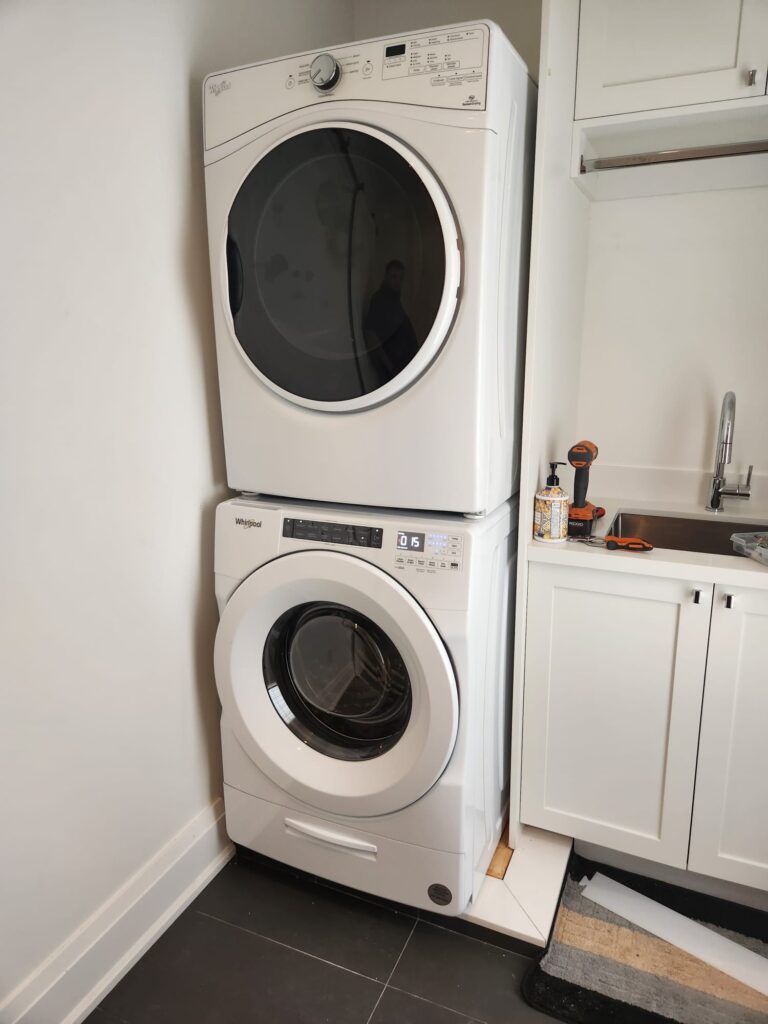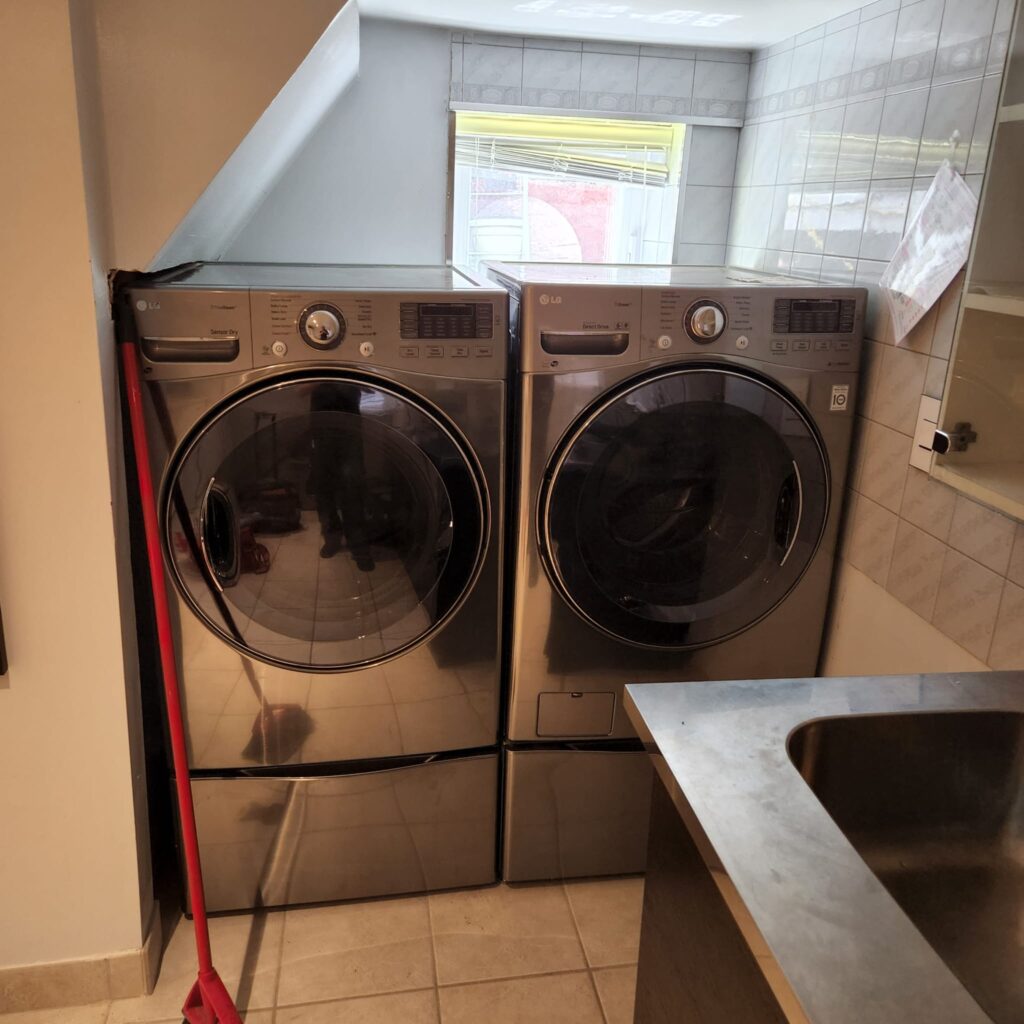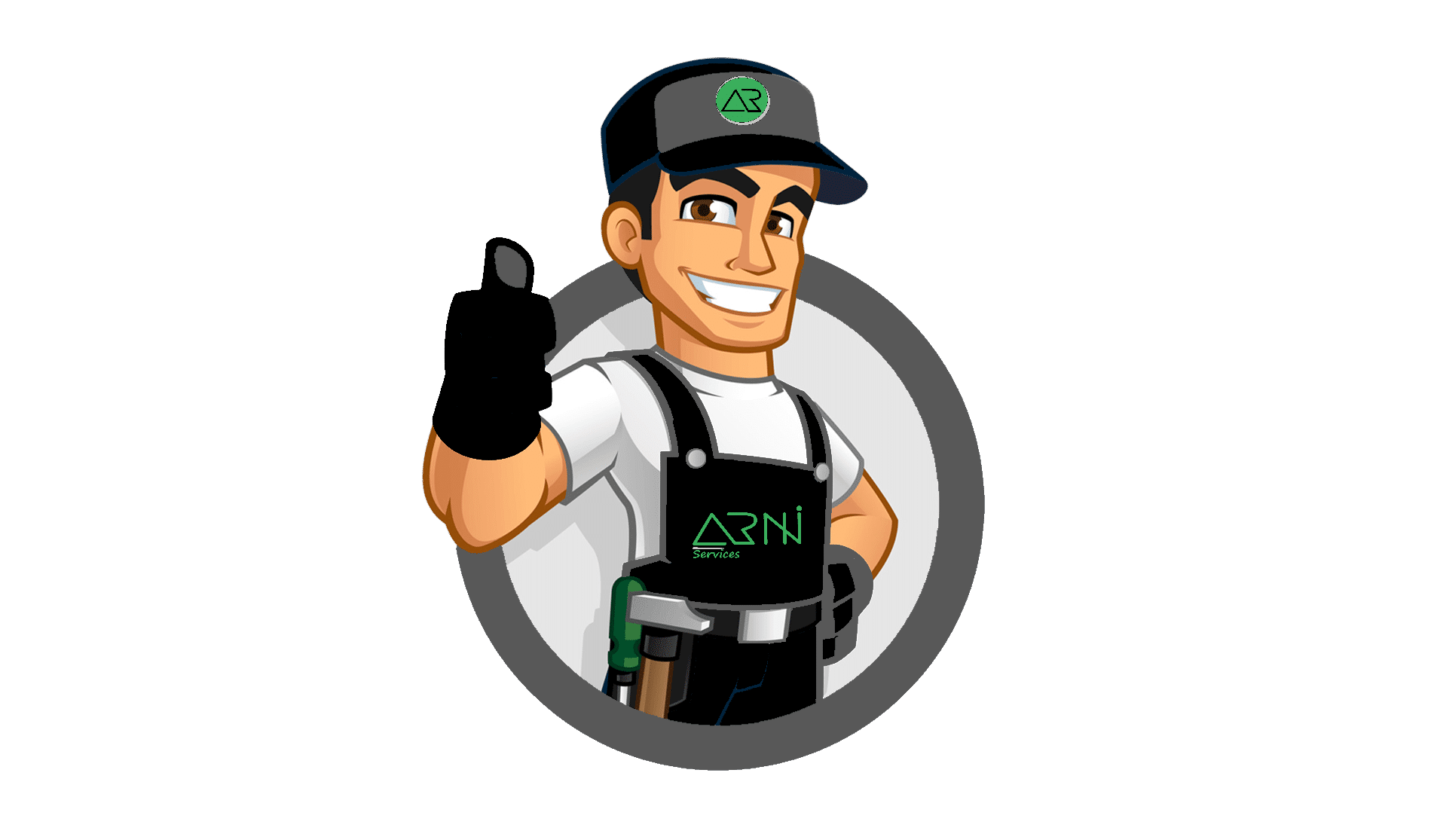Blog
Washing machines have transformed the way we handle laundry, providing convenience, efficiency, and superior cleaning performance. With their motor, drum or tub, and various mechanisms, washing machines automate the process of cleaning clothes, saving us time and energy.
There are several types of washing machines available, including top-loaders, front-loaders, compact washers, and washer-dryer combos. Top-loaders have a vertical drum orientation and offer faster wash cycles, while front-loaders, with a horizontal drum orientation, excel in energy efficiency, water conservation, and cleaning effectiveness. Compact washers are ideal for small spaces, while washer-dryer combos combine washing and drying functions.

Understanding the working mechanisms of washing machines is crucial. In top-loaders, the agitator or impeller rotates to agitate and dislodge dirt, while front-loaders use a tumbling action for thorough cleaning. Both types rely on a motor to rotate the drum, which is filled with water and detergent. The water is drained, and clothes are spun to remove excess moisture.
Energy efficiency and water consumption are important factors to consider. Opting for an energy-efficient model with high Energy Star ratings reduces utility bills and minimizes environmental impact. Water-efficient washing machines with adjustable water levels and load-sensing technology conserve water.
Modern washing machines come with various features and advanced technologies. Automatic load sensing adjusts water levels based on load size, while programmable settings allow customized wash cycles. Steam cleaning technology removes stains and allergens effectively. Some models offer smart connectivity for remote monitoring and control.
To maintain a washing machine’s performance, regular cleaning of the drum, dispensers, and filters is necessary. Following manufacturer guidelines for maintenance tasks and seeking professional assistance for repairs ensures longevity and safe operation.
There are various different types of washing machines on the market, each with particular advantages and characteristics. Knowing the various varieties will enable you to choose a washing machine that best meets your requirements.
The first type is the top-loader washing machine. As the name suggests, these machines have a top-opening lid, and the clothes are loaded and unloaded from the top. Top loaders are known for their affordability and faster wash cycles. They are also generally easier to use and require less bending when loading and unloading clothes. However, top-loaders typically use more water and energy compared to other types.
Another popular type is the front-loader washing machine. These machines have a door on the front, and clothes are loaded and unloaded from the front. Front loaders are well-known for their energy efficiency and water-saving capabilities. They use less water and detergent, and their horizontal drum orientation allows for gentle yet thorough cleaning. Front-loaders also offer superior spin efficiency, resulting in reduced drying time. However, they tend to be more expensive upfront, and the door seal may require regular cleaning to prevent mold and mildew.
For those with limited space, compact washers are a great option. These smaller-sized washing machines are designed to fit into tight spaces such as apartments or RVs. Compact washers offer similar functionalities as their larger counterparts but with reduced capacity. They are ideal for individuals or small families with lighter laundry loads.
Washer-dryer combos combine the functions of a washing machine and a dryer into a single unit. These all-in-one machines are perfect for those who have limited space and don’t want the hassle of transferring clothes between separate appliances. Washer-dryer combos are convenient but may have limitations regarding capacity and drying efficiency.
In conclusion, the choice of washing machine type depends on your specific requirements and preferences. Top loaders offer affordability and speed, while front-loaders excel in energy efficiency and water conservation. Compact washers are great for limited spaces, and washer-dryer combos provide convenience in a single unit. Consider factors such as budget, available space, laundry needs, and desired features to select the type that best fits your lifestyle.
| Aspect | Top-Load Washers | Front-Load Washers |
|---|---|---|
| Loading Style | – Easier to load and unload, no bending required. | – Requires bending to load and unload. |
| Capacity | – Generally smaller capacity. | – Larger capacity, can handle bigger loads. |
| Water Efficiency | – Typically uses more water per cycle. | – Generally more water-efficient. |
| Energy Efficiency | – May be less energy-efficient compared to front-loaders. | – Generally more energy-efficient. |
| Cleaning Performance | – Agitator may be less effective in cleaning clothes. | – Tumbling action is often more effective in cleaning. |
| Gentleness on Clothes | – Agitator motion can be rougher on delicate fabrics. | – Gentle tumbling motion is better for delicate clothes. |
| Initial Cost | – Often less expensive upfront. | – Generally more expensive upfront. |
| Space Requirements | – Takes up less floor space. | – May require more floor space. |
| Noise Level | – Can be noisier, especially during the agitating phase. | – Tends to be quieter during operation. |
| Spin Speed | – Typically has lower spin speeds. | – Higher spin speeds help in better moisture extraction. |
| Mold and Odor Issues | – More prone to mold and mildew buildup. | – Front-loaders may have issues with mold and odors. |
| Accessibility | – Easier for people with mobility issues. | – May be challenging for those with mobility limitations. |
| Vibration | – May cause more vibration during the spin cycle. | – Typically has less vibration during operation. |
| Maintenance | – Generally simpler maintenance. | – May require more maintenance to prevent mold and odors. |

Selecting the right washing machine involves careful consideration of various factors to ensure it meets your specific requirements. This practical buying guide aims to help you make an informed decision based on factors such as capacity, budget, available space, desired features, and specific laundry needs.
Determine the size of the washing machine based on your average laundry load. For smaller households or individuals, a machine with a smaller capacity may suffice, while larger families may benefit from a machine with a larger drum size.
Determine your price range before exploring options to narrow down choices. Consider the long-term investment and cost of operating the machine, including energy and water consumption.
Evaluate the available space in your laundry area. Measure the dimensions to ensure the chosen washing machine fits appropriately. Keep in mind that front-loaders require additional space for the door to open.
Identify desired features that align with your needs. For example, if you have delicate fabrics, look for a machine with a gentle or hand wash cycle. If time is a concern, consider models with quick wash or express cycles.
Brand reputation plays a significant role in ensuring quality and reliability. Research reputable brands known for manufacturing durable washing machines with good customer reviews. Reading customer feedback and reviews provides insights into the performance and reliability of different models.
Warranty is an important consideration. Check the warranty period and coverage offered by the manufacturer. A longer warranty period provides peace of mind and indicates the manufacturer’s confidence in their product.
Lastly, consider the energy and water efficiency of the washing machine. Look for machines with high energy ratings, such as those labeled with Energy Star certification. Opting for water-efficient models helps conserve water and reduce utility bills.
By considering these factors and conducting thorough research, you can confidently select a washing machine that aligns with your specific needs, budget, and available space. Remember to compare prices, features, and warranties before making your final decision.


Proper installation of a washing machine is crucial for optimal performance, longevity, and safety. By following guidelines for electrical and water connections, leveling, and ventilation, you can avoid accidents or damage during operation.
When it comes to electrical connections, ensure that the washing machine is plugged into a grounded outlet with the appropriate voltage. Avoid using extension cords, as they can overload the electrical circuit and pose a safety hazard. If necessary, consult a professional electrician to ensure the electrical setup meets safety standards.
Water connections are another important aspect of installation. Check for leaks in the water supply hoses and make sure they are tightly connected to both the washing machine and the water source. Consider installing a water shut-off valve to prevent potential flooding in case of hose failure.
Proper leveling of the washing machine is essential to prevent excessive vibration and noise during operation. Use a spirit level to ensure the machine is balanced and adjust the leveling feet accordingly. This helps protect the internal components and ensures smooth operation.
Proper ventilation is necessary to prevent moisture buildup and potential mold growth. Leave a gap between the washing machine and the surrounding walls or cabinets to allow air circulation. Additionally, avoid obstructing the vents on the back of the machine to maintain proper airflow.
To ensure safety during operation, follow these precautions:
– Read and understand the manufacturer’s instructions and safety guidelines.
– Keep the area around the washing machine clean and free from flammable materials.
– Avoid overloading the machine, as it can affect performance and potentially damage the drum or motor.
– Never leave the washing machine unattended while it’s running.
– Regularly check and clean lint filters to prevent clogs and improve airflow.
– Avoid reaching into the machine while it’s in operation. If necessary, use long-handled tools or utensils to retrieve items.
By adhering to proper installation procedures and following safety precautions, you can ensure the efficient and safe operation of your washing machine, providing you with clean laundry and peace of mind.
Regular maintenance is key to keeping your washing machine running smoothly and prolonging its lifespan. By performing simple tasks such as cleaning and descaling, you can prevent issues and ensure optimal performance. However, there are times when professional help is necessary for repairs and servicing. It’s important to follow manufacturer guidelines for maintenance to avoid voiding warranties and ensure safety.
One common maintenance task is cleaning the drum, dispensers, and filters. Regularly remove any lint, debris, or foreign objects from the drum and clean the detergent and fabric softener dispensers to prevent clogs. Additionally, clean or replace the filters as recommended by the manufacturer to maintain proper water flow and prevent damage to the machine.
Descaling is important for machines in areas with hard water. Over time, mineral deposits can accumulate in the machine, affecting its performance. Follow the manufacturer’s instructions to descale the washing machine using appropriate descaling agents or natural alternatives like vinegar or citric acid. Descaling helps remove deposits, improves water flow, and enhances cleaning effectiveness.
While user-performed maintenance is essential, there are instances when professional help is required. If you encounter problems such as unusual noises, leaks, electrical issues, or malfunctions that cannot be resolved through basic troubleshooting, it’s advisable to contact a qualified technician. Attempting complex repairs without proper knowledge and expertise can lead to further damage or even personal injury.
Regular servicing by professionals is also beneficial to ensure optimal functioning of the washing machine. A technician can inspect and service internal components, check for any potential issues, and make necessary adjustments or replacements. It’s recommended to schedule periodic servicing according to the manufacturer’s guidelines or as advised by the technician.
Following manufacturer guidelines is crucial for maintenance and repair. These guidelines provide specific instructions tailored to the machine’s model and ensure proper care. They often include information about recommended cleaning products, maintenance schedules, and safety precautions. Adhering to these guidelines not only helps maintain the warranty but also guarantees the longevity and safe operation of your washing machine.
By performing regular maintenance tasks and seeking professional help when needed, you can keep your washing machine in optimal condition, enjoy efficient performance, and extend its lifespan.

Choosing the right washing machine is crucial for efficient and effective laundry care. Consider factors such as capacity, budget, available space, desired features, and specific laundry needs. Front-loaders offer superior cleaning and energy efficiency, while top-loaders are more budget-friendly and user-friendly. Stackable units save space, while compact washers are ideal for smaller areas. Look for reputable brands with good customer reviews and a solid warranty. Proper installation, regular maintenance, and following manufacturer guidelines are essential. By selecting the right washing machine, you can optimize your laundry routine, achieve better cleaning results, save resources, and enjoy long-term satisfaction with your investment.

If you have concerns about your appliance’s performance, contact the professionals at ARNI Services, Appliance Repair, for a thorough diagnosis and repair service. – you can’t put a price tag on peace of mind.